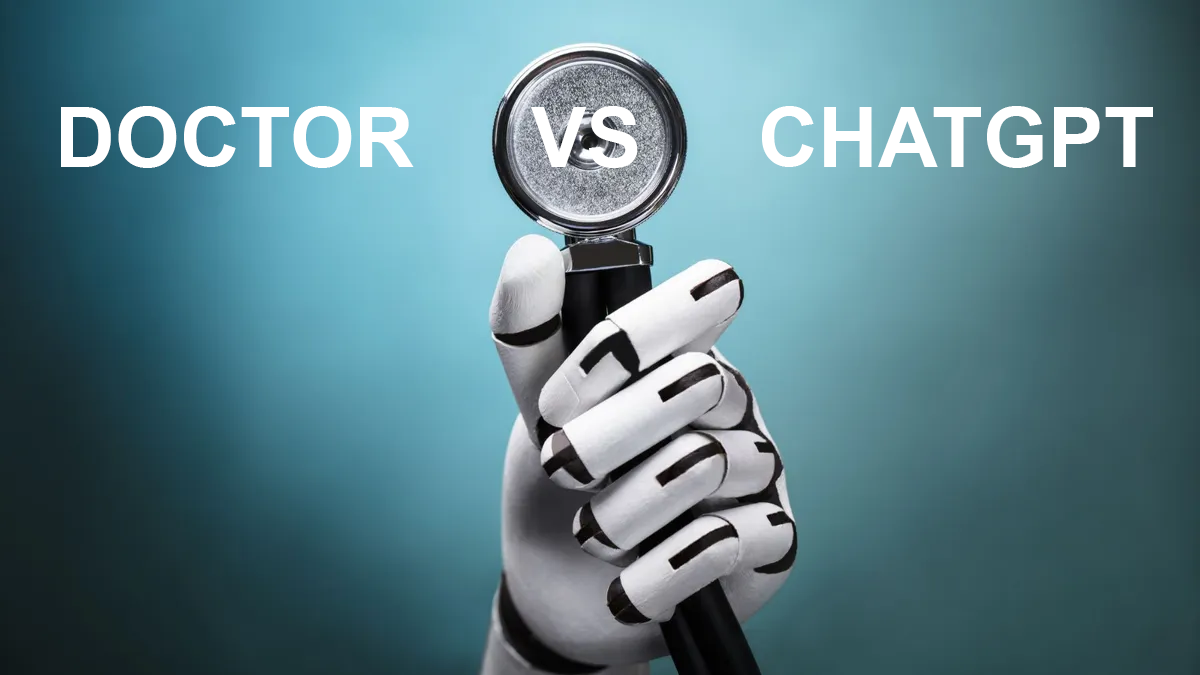In the wake of the attacks of Sept, 11, 2001, a wave of anthrax-laden envelopes came into a number of news media and Congressional offices. Five people died in those attacks, with 17 infected by the biological agent. In the days that followed, a Wall Street Journal writer recounted the times the military sprayed San Francisco, Washington, D.C., New York, and others.
In "Microbes and Mock Attacks," Jim Carlton tells the story of Edward Nevin of San Francisco, who went to a local hospital in 1950, complaining of flu-like symptoms. The 75-year-old Nevin was dead three days later. The cause: an acute bacterial infection of Serratia marcescens.
The bacterium is now known to cause urinary tract, respiratory, and tear duct infections, as well as conjunctivitis, keratitis, and even meningitis. Strains of S. marcescens are now known to be antibiotic resistant.
But all of this was unknown to the U.S. Army when they were secretly spraying the city with S. marcescens and other biological agents they thought to be harmless, in what they called a "mock biological attack" to Senate investigators. A Navy ship offshore dusted the entire 49-square-mile area with the agents.
"It was noted that a successful BW [biological warfare] attack on this area can be launched from the sea, and that effective dosages can be produced over relatively large areas."
Over a roughly 20-year period, from the 1940s to the 1960s, the Pentagon conducted similar biological warfare tests across the United States. Cities like New York, Washington, and San Francisco had multiple bacteria tested on its unwitting populace. Serratia was again tested on Panama City and Key West, Florida.
Beyond biological agents, fluorescent compounds like zinc-cadmium-sulfide were released in the Upper Midwest. Carcinogens from these tests were found dispersed all the way in upstate New York.
Military researchers filled light bulbs with bacteria and dropped them into the New York City subway system in Midtown Manhattan, distributing the bacteria for miles across the sprawling metropolis. Another test at Washington's National Airport found 130 passengers on a plane spread a bacterium to 39 cities in seven states.
Much of what the Pentagon knows about the spread of biological agents come from the 239 tests conducted in this way, the WSJ story reports.
President Nixon ordered the Army's biological tests stopped and its weapons destroyed after the news of these tests leaked to the American news media in the 1970s. Though many of the agents were thought to be harmless (at least, at the time) it's not known how many people got sick and died as a result.
Aftermath
San Francisco’s incident was just one of 293 bacterial attacks staged by the United States government between 1950 and 1969. It was neither the most heinous, nor the deadliest.
In 1955, as an "experiment," the CIA sprayed whooping cough bacteria over Tampa Bay, Florida. Whooping cough cases in the area subsequently increased from 339 and one death in 1954, to 1,080 and 12 deaths in 1955 -- but no hard evidence has ever surfaced linking the two incidents. In an infamous 1966 test, federal agents crushed light bulbs containing trillions of bacteria on the New York Subway, exposing thousands of rush hour commuters; the government never followed up to see how many people fell ill.
Before a crowd at Fort Detrick in 1969, Richard Nixon terminated the offensive use of biological weapons in the United States, effectively ending open-air testing.
It wouldn’t be until 1977 that the public learned any of this was even going on -- and even then, the U.S. government never admitted its fault, or seemed to show any indication of remorse for its actions.
Serratia marcescens, the bacteria sprayed over San Francisco, has since been declared hazardous. "It can cause serious life-threatening illness," wrote the FDA in 2005, "especially in patients with compromised immune systems." Much other medical literature contends the same.
Today, Edward Nevin III is a practicing medical malpractice and personal injury lawyer in Petaluma, California. Though he lost the case in 1981, he succeeded in bringing to light many government actions that had previously been shrouded in secrecy.
"At least we are all aware of what can happen, even in this country," Nevin Jr. said, shortly after the trial. "I just hope the story won’t be forgotten."

It turns out the conspiracy theorists have one more feather in their tin-foil cap: the U.S. military really did test biological agents on Americans in U.S. cities.




